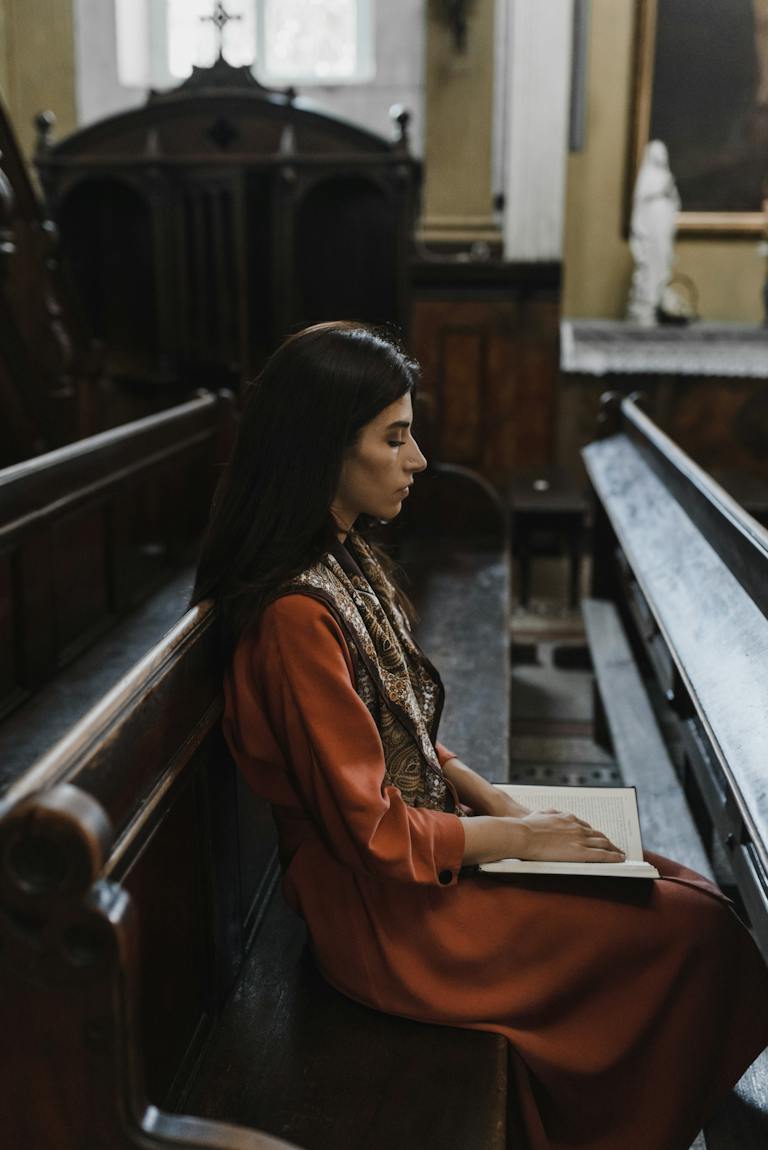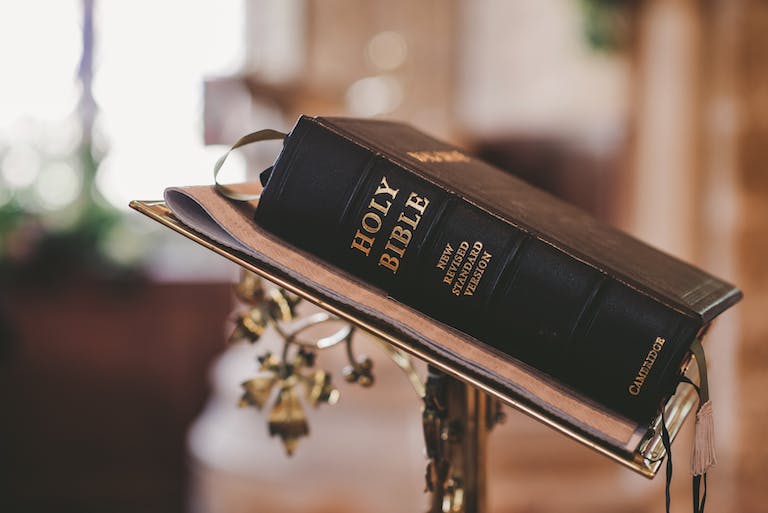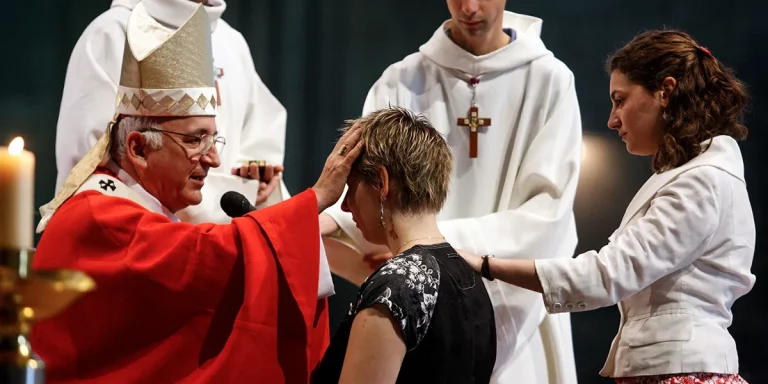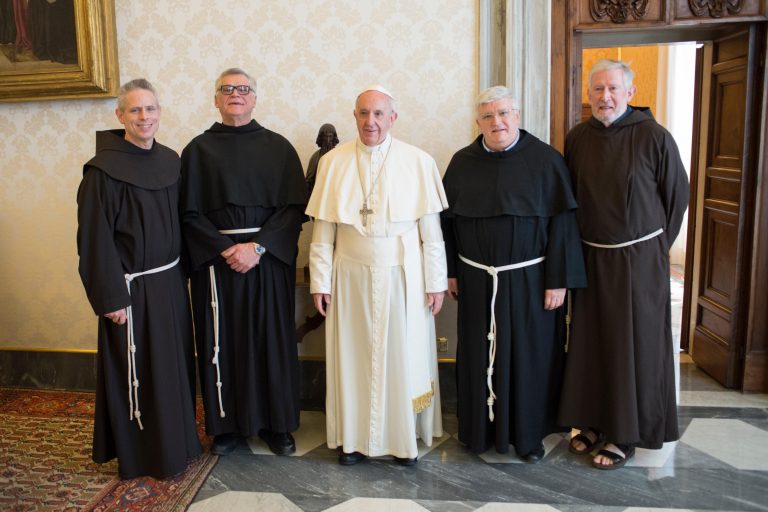Did the Catholic Church Put the Bible Together?
The question of whether the Catholic Church put the Bible together is a complex one with a long history behind it. In examining this issue, it’s important to understand the origins of the Bible, the biblical canon, and the role the Catholic Church played over centuries in preserving, copying, translating, and promulgating sacred Scripture.
What Does “The Bible” Mean?
When we refer to “the Bible,” we typically mean the collection of sacred texts accepted by Jews and Christians as carrying divine authority and inspiration. The Bible used by most Christians today consists of 73 books: 46 in the Old Testament (or Hebrew Bible) and 27 in the New Testament.
The Old Testament Canon
46 books make up the Old Testament canon that Orthodox and Catholic Christians recognize, including the deuterocanonical or apocryphal books of Tobit, Judith, Baruch, Wisdom, Sirach, and 1 and 2 Maccabees. Most Protestant Christian Bibles exclude these books as apocryphal and recognize only 39 books as canonical Old Testament books.
The formation of the Old Testament canon was a gradual process spanning centuries. The Law and the Prophets were recognized early on as carrying divine authority. The remaining books were discussed, debated, and gradually accepted into the Hebrew Bible. By the 2nd century BC, the Old Testament canon was likely fixed for most Judeans.
The New Testament Canon
The 27-book New Testament canon was also established over a few hundred years. By the mid-2nd century AD, there was widespread but not complete agreement on much of the canon. The canonical list was finalized over subsequent centuries, with confirmation by councils in Hippo (393 AD) and Carthage (397 AD).
So while the Bible was not put together as a single, unified book until much later, its constituent parts existed centuries prior. But did the Catholic Church play a role in finalizing the biblical canon?
The Role of the Early Catholic Church in Formulating the Biblical Canon
It is true that Catholic Church councils in the late 4th and early 5th centuries finalized and formally recognized the list of books to be included in the biblical canon, both for the Old Testament and definitively for the New Testament.
However, the church did not choose these books arbitrarily. Rather, Catholic bishops and theologians assessed which sacred texts were widely used in the early Church and seen as carrying apostolic authority. Then they formalized this through the pronouncements of church councils.
Preserving and Copying Sacred Scripture
The early Catholic Church played a crucial role in preserving, copying, and promulgating sacred Scripture through the following efforts:
- Monks and priests carefully copied biblical manuscripts over the centuries to disseminate the holy texts. This was critically important before the invention of the printing press.
- Catholic councils prohibited altering the biblical texts. They helped confirm the canonical books, so people knew which writings were considered sacred and authoritative.
- Catholic missionaries brought Scripture with them as they spread the faith across Europe and beyond. For example, monasteries became centers of biblical study and transcription.
So in these vital ways, the Catholic Church preserved and promulgated the Bible, enabling it to influence Western culture and society for over 1500 years. However, the church did not write the books themselves or assemble them entirely on their own.
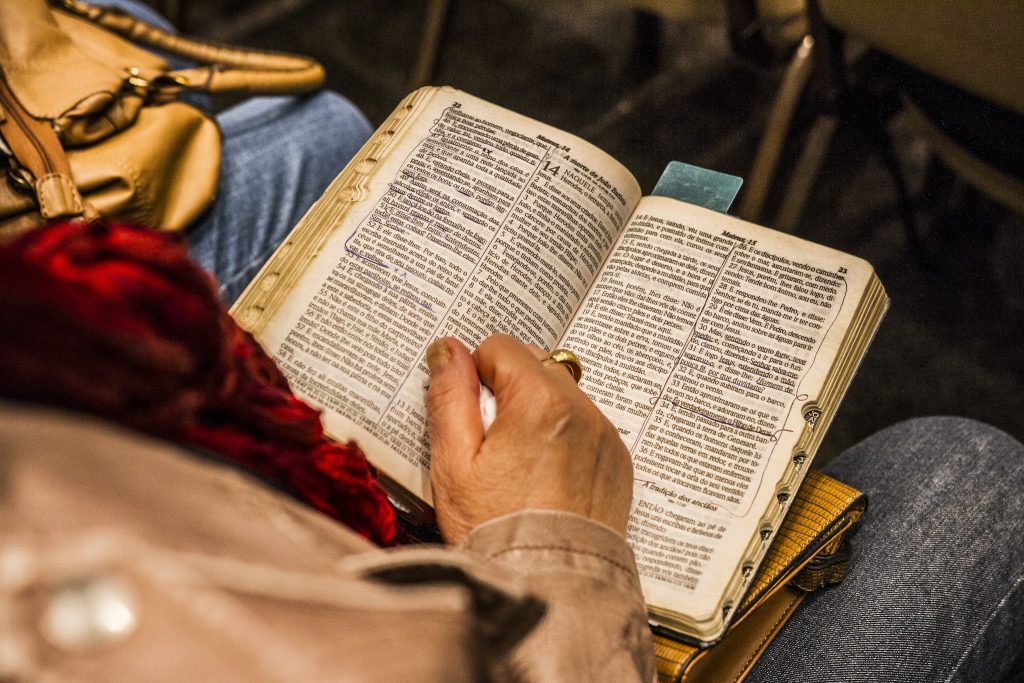
The Bible As a Collection of Ancient Texts
To truly address whether the “Catholic Church put the Bible together,” it’s essential to understand what the Bible is—a collection of ancient Jewish and Christian sacred texts written over a thousand years.
Unknown Jewish authors wrote the Old Testament books over a period of many centuries. They reflected the history, prophecies, poetry, and wisdom literature of ancient Israel. By the time Christianity emerged, this collection of works was considered a sacred canon by Jews.
The New Testament books were written in the mid-1st century AD by apostolic leaders and their companions. These accounts and letters addressed issues arising in the early Christian communities.
Gradual Recognition and Collection
Over the 2nd and 3rd centuries AD, some New Testament texts were used widely during Mass and by theologians. More books gained broader acceptance, while some apocryphal works were excluded. So there was a gradual recognition of each book’s sacred status through its popular usage, rather than a single decision or moment in time.
It’s unlikely that any individual compiled all the New Testament writings into one unified collection. But surely church leaders in areas like Rome, Constantinople, Antioch, and Alexandria began gathering texts, copying manuscripts, and spreading books as they were written and being circulated by the 2nd century AD or possibly earlier. Still, no final, uniform agreement on the biblical canon emerged until the late 4th century.
Key Takeaways: The Catholic Church’s Role
While the Catholic Church did not write the Bible or assemble it from nothing,
- Catholic leaders and scholars played a key role in formulating its canon—determining which books were divinely inspired and authoritative enough to include.
- Catholic councils approved the final biblical canon in the late 4th or early 5th century, formally recognizing the list of books.
- The early Catholic Church carefully preserved, copied, translated, and disseminated sacred Scripture over centuries.
So in these critical ways, the Catholic Church helped compile what we now know as the Bible—the sacred collection of texts accepted for nearly 1500 years as carrying divine revelation.



